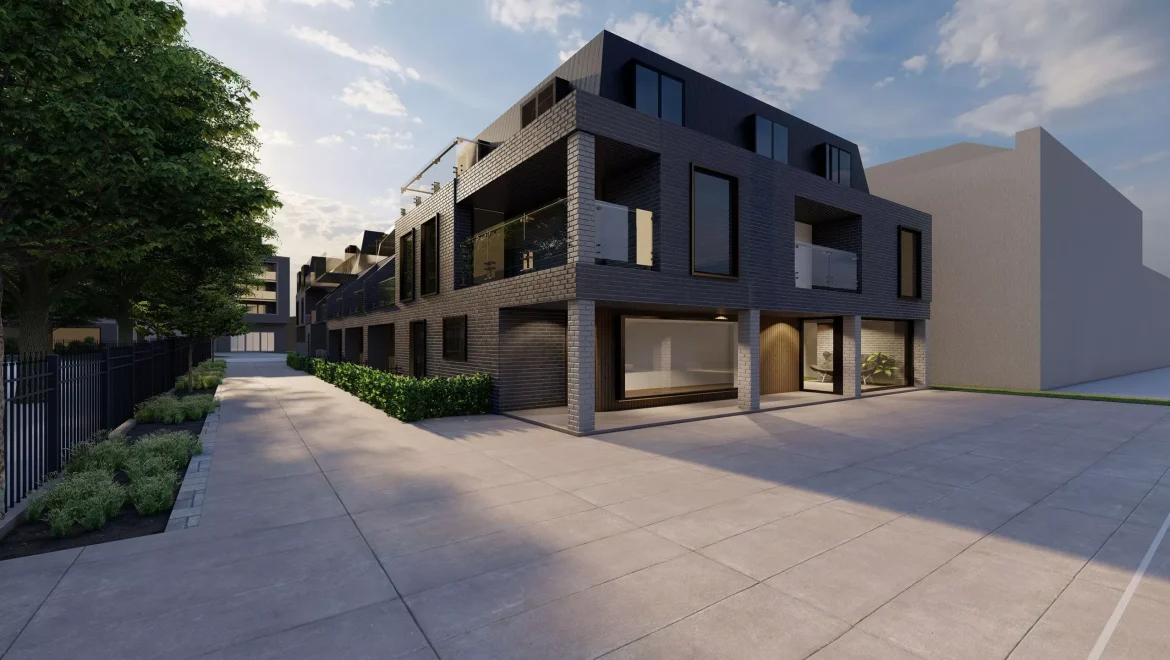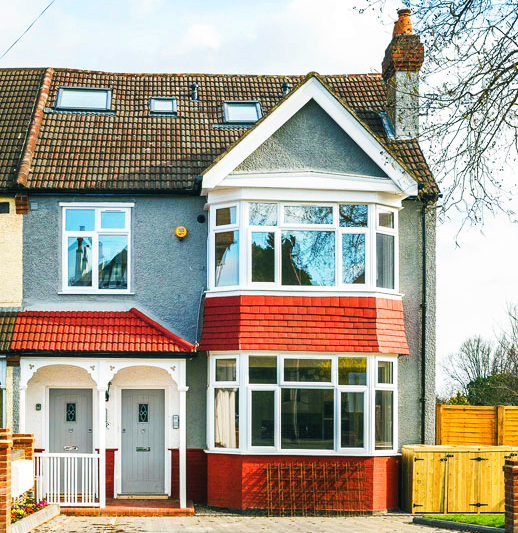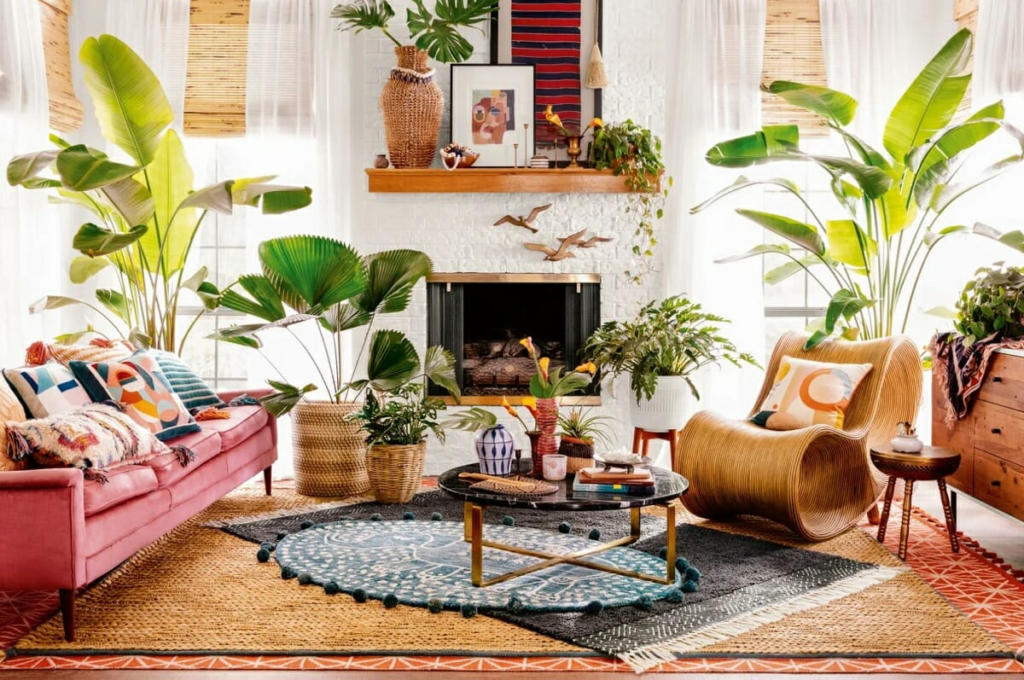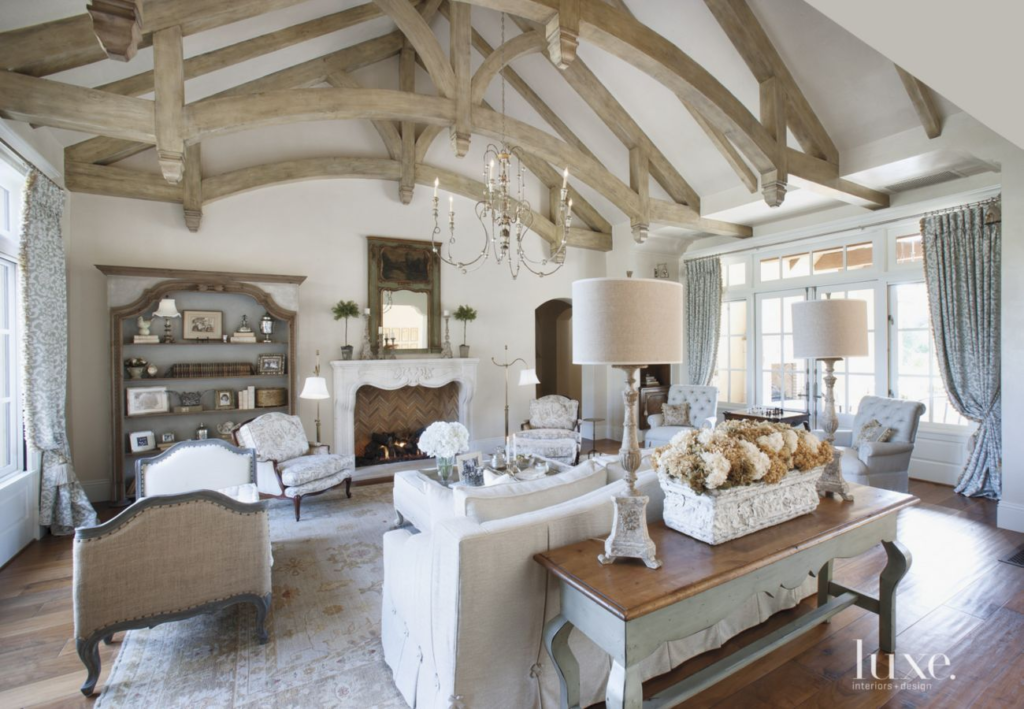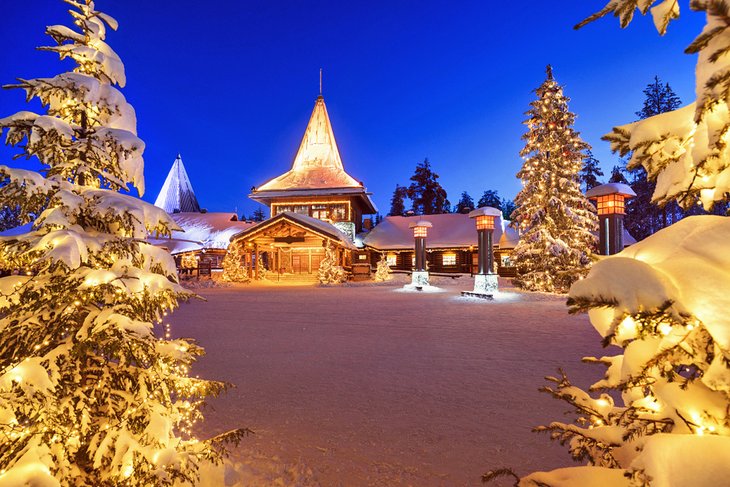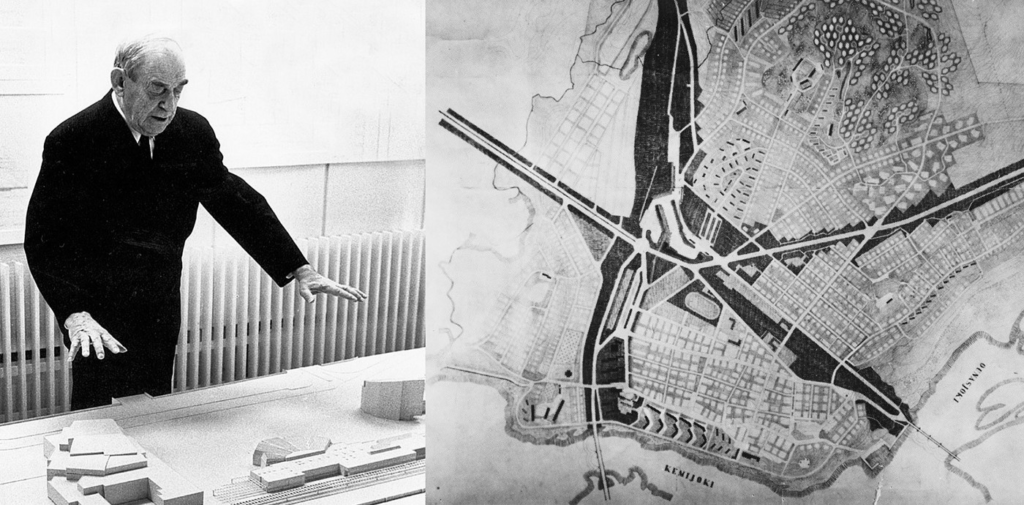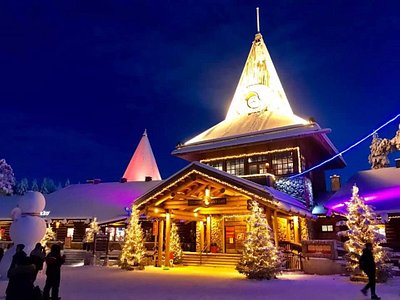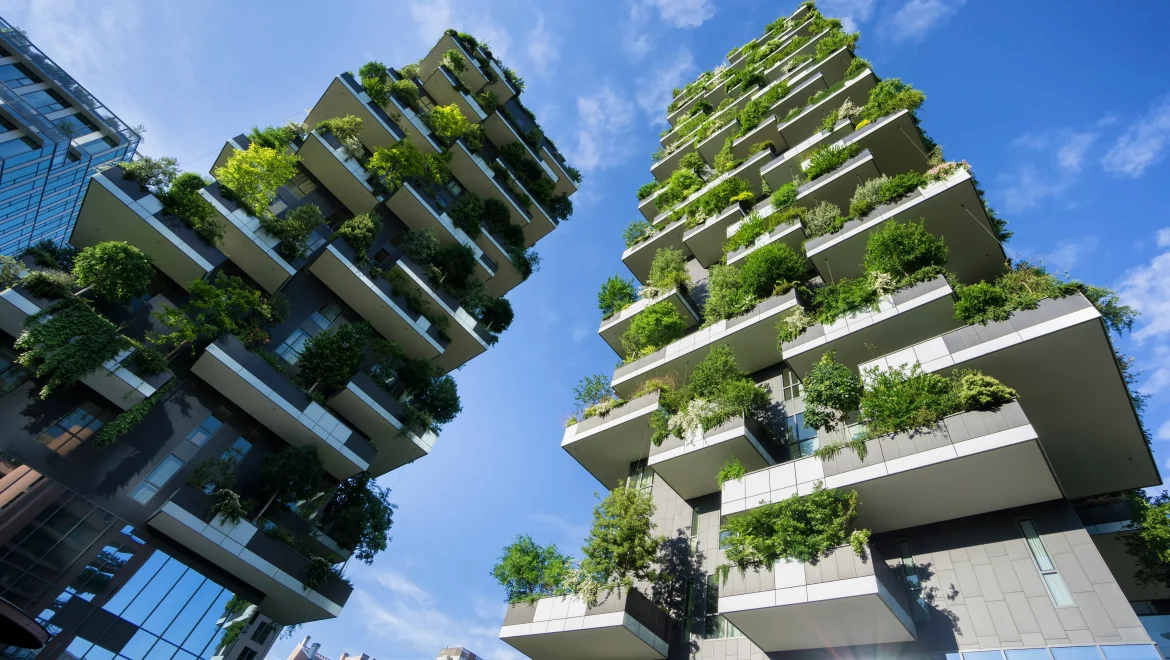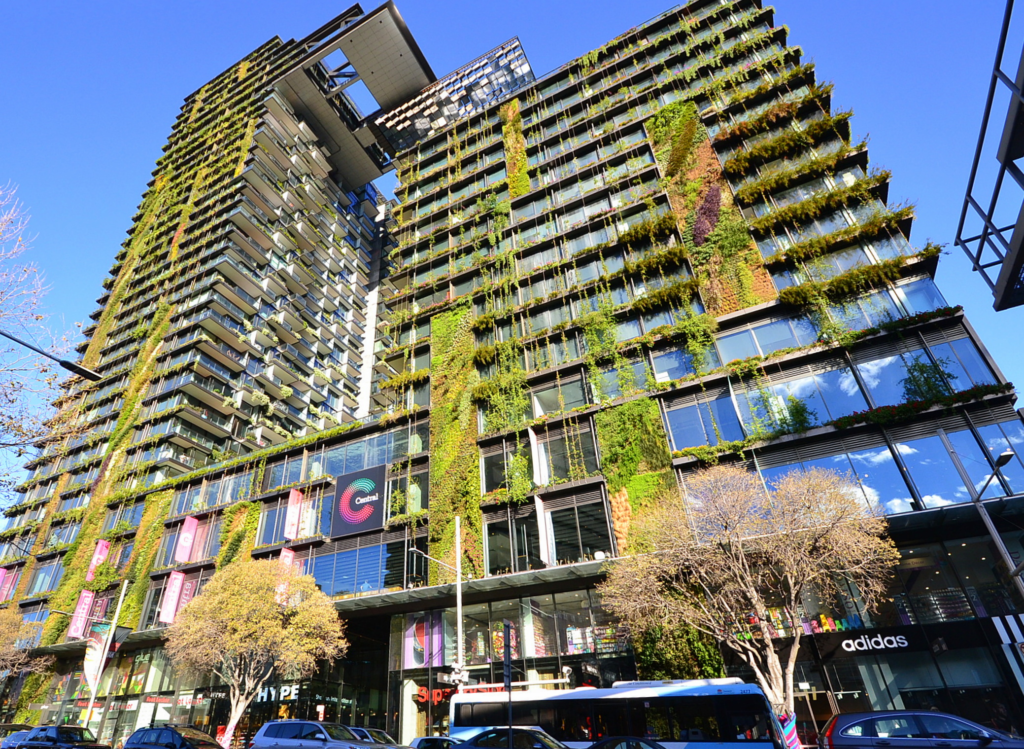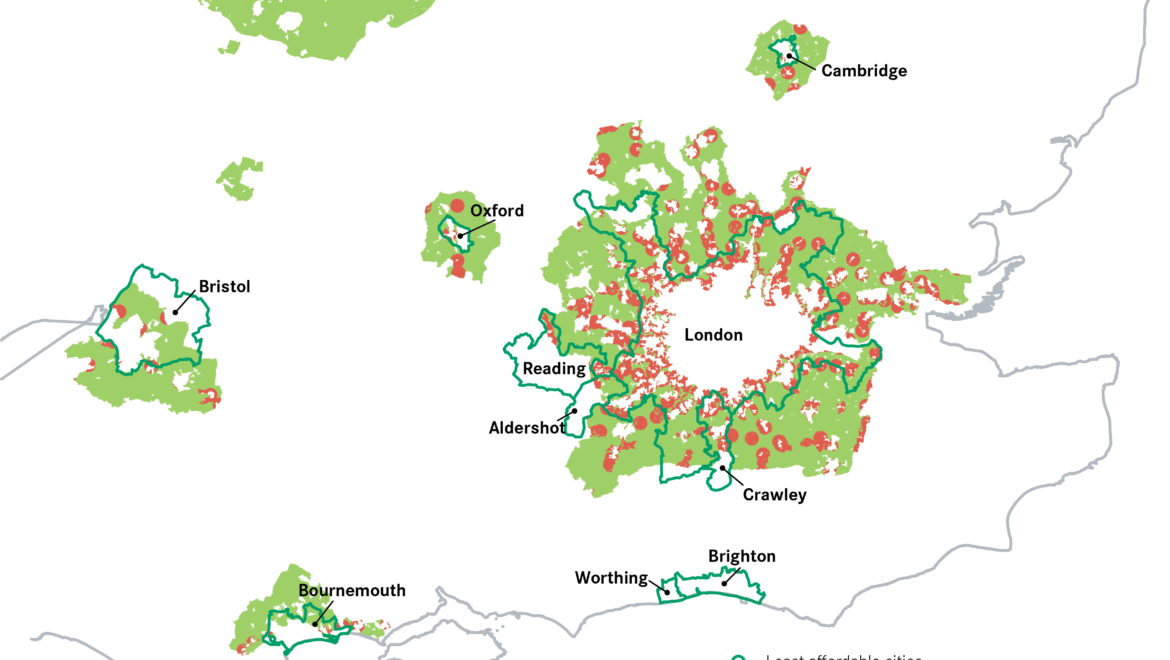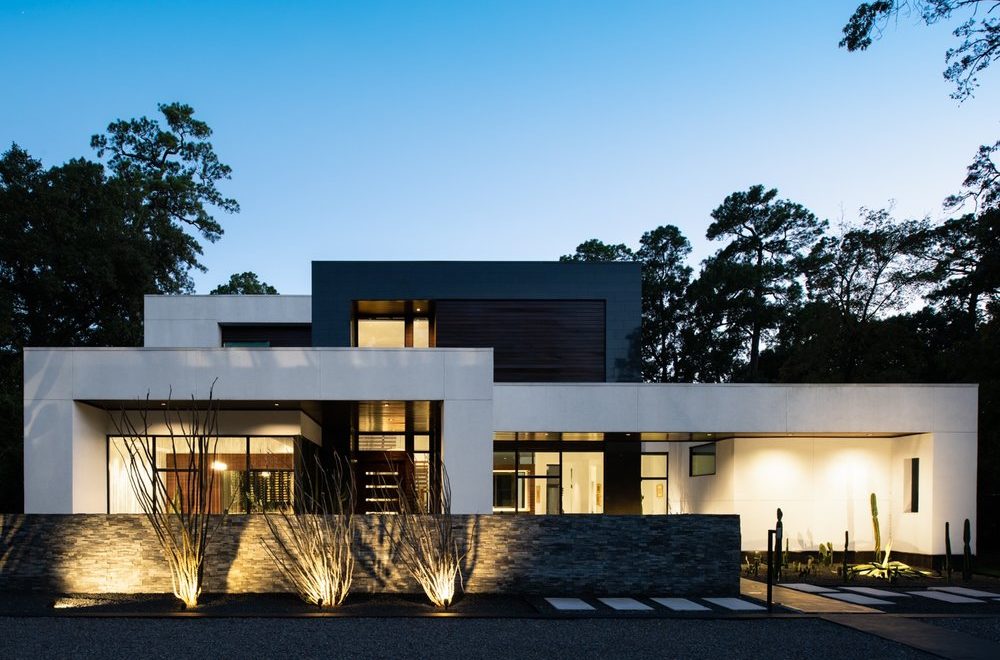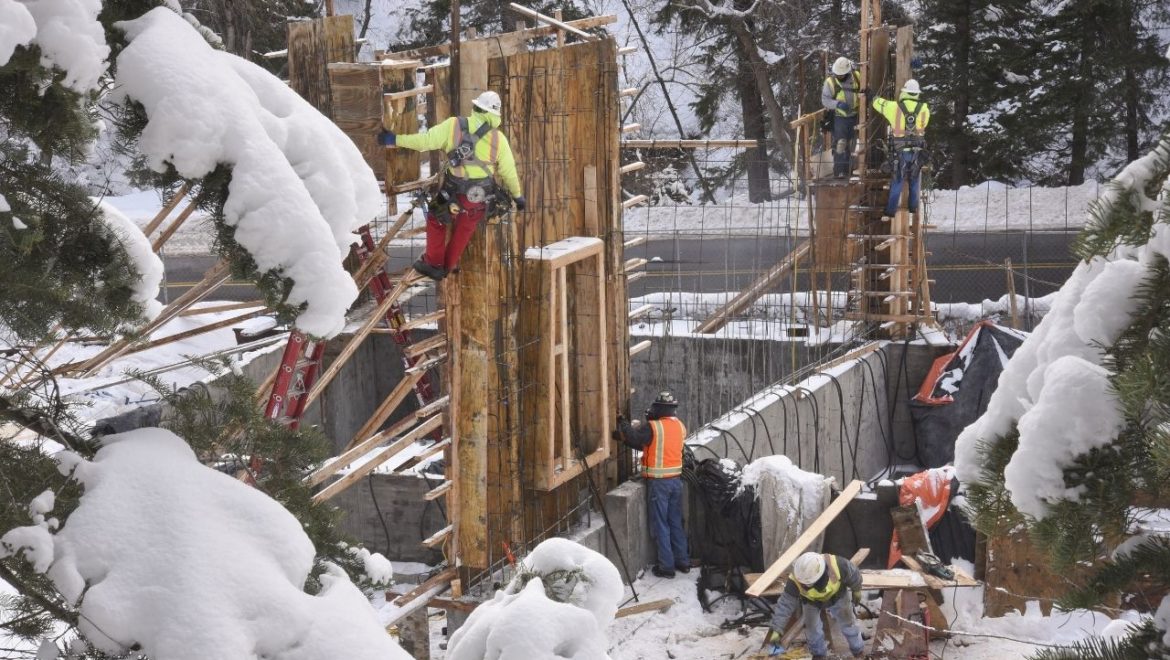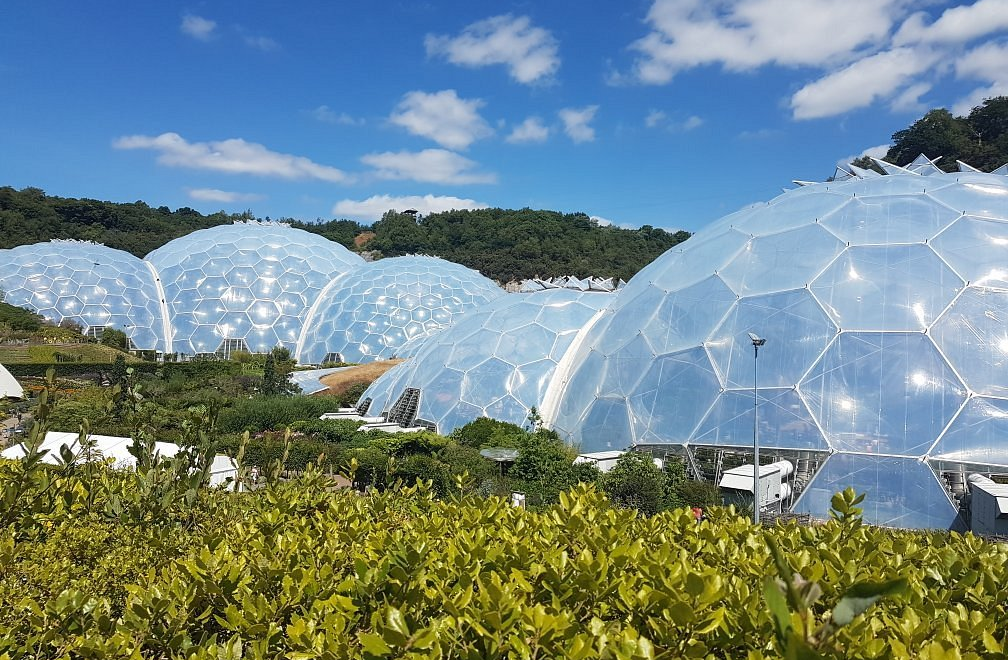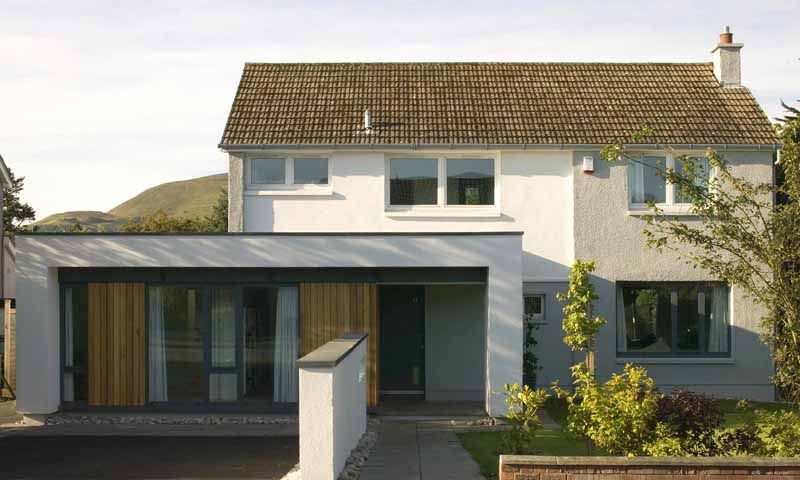Everything There Is To Know About Barn Conversions
What is a barn conversion?
A barn conversion is the adaptation of a farm barn into a building serving a different use. For example, a house.
Barn conversions are so popular because they present the opportunity to create flexible living spaces that can adapt to the needs of modern life. Barns are often in rural areas so if you are looking for a quiet area away from the city to raise a family, this would be perfect for you.
If you are looking to start a barn conversion you will need full planning permission. And if your barn doesn’t meet the full requirements, You should submit a full planning application to your local council. And seek consent to convert your barn.
Once the planning permission is submitted, the decision takes a minimum of five weeks. Once work starts on site regular inspections will be made.
Building and designing –
Some people think that because the shell of the building is in place already that they might not need an architect. However, barn conversion projects can be even more taxing at the design stages than new homes.
The key is to achieve the best balance between actual living space and the barn’s original character. This is because it is important to keep the character and features like the old beams and timber cladding. And it is important to remember why you loved it in the first place.
So, because originally farm buildings are uninsulated if you are converting it into a house, it will be a key job to get the place insulated. In most cases, people want to preserve the internal cladding so you will have to insulate from the inside. Typically, you would fit breathable insulation such as a sheep’s wool wall between the studs. And then the wool will be covered by plasterboard. And then dig through the floors to accommodate underfloor heating or rigid insulation boards.
How much will a barn conversion cost?
A converted barn is one of the higher-end conversions you can do, they usually cost a lot more than building a new structure. It is not a project for those on a tight budget. The average barn conversion costs around £275,000, it is important not to cut corners during the process because it will lead to issues down the line.




